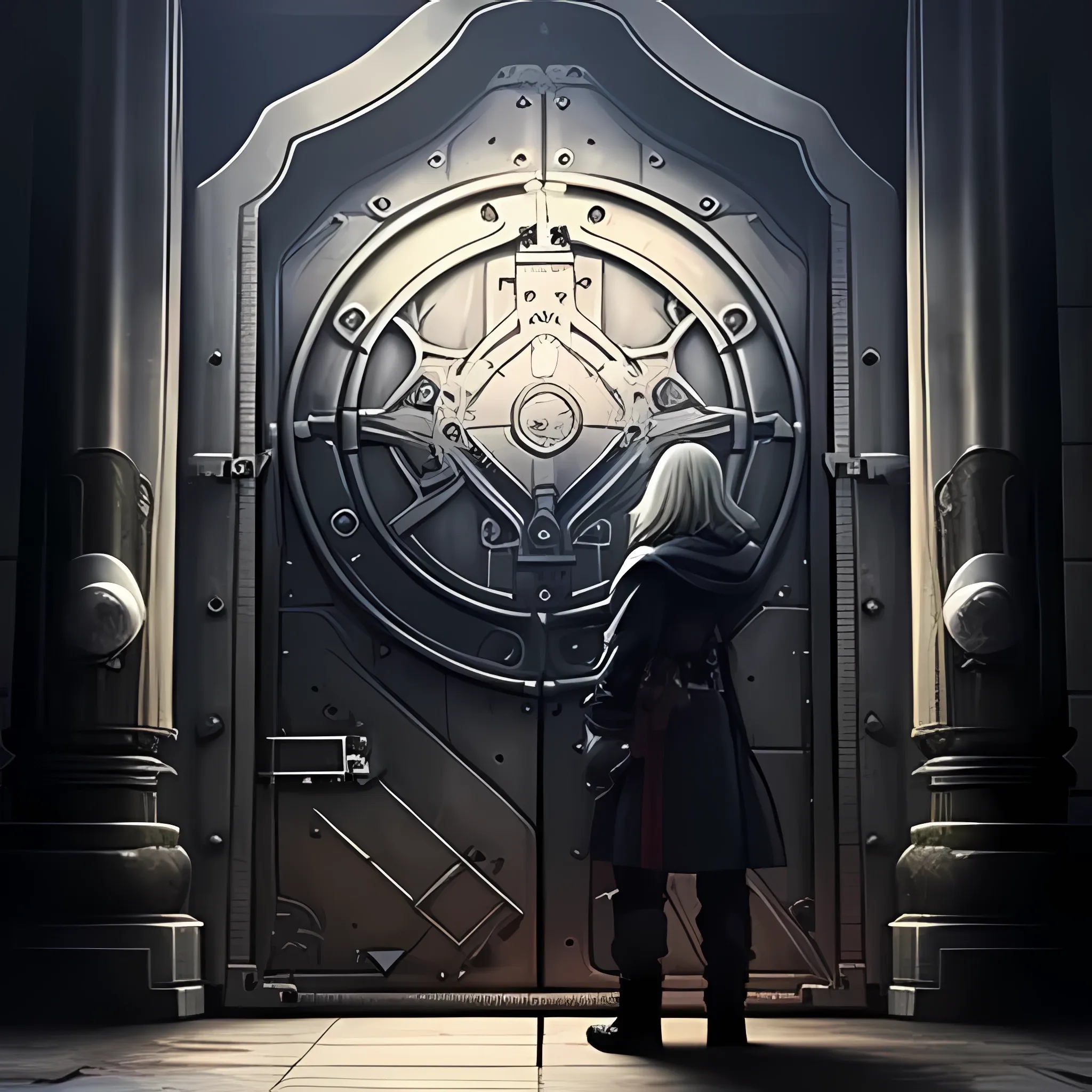🚪Gate
The gates of the underworld are vivid manifestations of the sins accumulated by humans throughout their lives. Each gate stands imposing, displaying the individual’s mistakes and transgressions before their eyes. To atone for these sins and progress deeper into the underworld, it is necessary to fill the gate with shards of blood, thereby increasing its level and unlocking access to darker and deeper levels of the realm.

Rarities
The rarity of the gates directly determines their strategic potential thanks to the amulet slot system. Each gate has a total of four slots to equip amulets — items that modify your luck in the Abyss — but the number of slots unlocked at the start depends on its rarity.
Common
1
+3
Uncommon
2
+2
Rare
3
+1
Legendary
4
0
Additional slots can be unlocked through in-game progression. This allows even a common gate, with enough dedication, to reach high potential.
Fortitude Rank
The gate is the central axis of player progression. Each gate can evolve through Fortitude Ranks and levels.
Levels and Ranks
The system consists of four Fortitude Ranks: Fortitude I, II, III, and IV. Each of these ranks contains 10 internal progression levels:
Level 5: Unlocks secondary abilities, offering new strategic tools for the player.
Level 10: Marks a crucial point in the Dweller’s evolution, unlocking:
A primary ability tied to their combat style and weapons.
A new Sin, a special ability that alters key game mechanics.
A relic slot, expanding the gate’s tactical potential.
And finally, access to the next Fortitude Rank.
Upon ascending to a new rank, the level resets, starting again at level 1 in the new Fortitude tier. This progression structure adds depth and replayability, while offering a constant sense of advancement and reward.
Abyss Exploration
Fortitude Rank not only measures the Morador’s power, but also determines access to the various levels of the Infernal Abyss. As the player descends, they will face imposing bosses that act as narrative, mechanical, and symbolic milestones.
After each boss — located every five levels — the Abyss demands a minimum Fortitude Rank to allow further descent. This barrier is not merely a technical requirement, but a manifestation of the underworld itself, assessing the player’s sacrifice, skill, and evolution.
Access is structured as follows:
Levels 1 - 5
Fortitude I
Levels 6 - 10
Fortitude II
Levels 11 - 15
Fortitude III
Levels 16 - 20
Fortitude IV
This structure establishes a clear progression rhythm, forcing the player to upgrade their gate, refine their skills, and prepare mentally and strategically for the increasingly brutal challenges that await in the depths.
Only those who have earned their place through blood and effort will be worthy of reaching the end of the Abyss.
Properties of NFT
The Gate is a unique NFT linked to each player, representing their progression, power, and dedication within the underworld. It could be compared to “Lands” in other NFT games, but with a crucial difference: here, luck or location doesn’t matter — only the time and effort invested.
As players explore the Abyss, they must sacrifice Blood Shards —the game’s most valuable resource— to level up their Gate. This growth not only unlocks new abilities and exclusive events, but also increases the value of the NFT itself, turning it into a highly coveted asset within the game’s ecosystem.
Let’s look at a practical example:
Gate Cost (Pre-sale)
$45
$45
Gameplay Time
50 hours
250 hours
Gate Level
Level 25
Level 60
Selling Price (1 month later)
$75
$125
If a Player C missed the presale and wants to compete quickly, they can acquire a Gate from another player. In this way, those who have dedicated time, skill, and strategy not only progress in the game but also increase the value of their initial investment.
Transfusion: Sharing Power… at a Price
The transfusion system allows players to transfer Gate levels between each other, formalizing a direct agreement.
However, every transfusion comes with a sacrifice: 20% of the transferred Blood Shards are lost. This cost is not symbolic; it’s designed to prevent system abuse and to preserve the real-time value invested in the game.
So, each player must ask themselves:
Is buying progress truly worth it, or is it better to earn it in the Abyss?
Last updated
